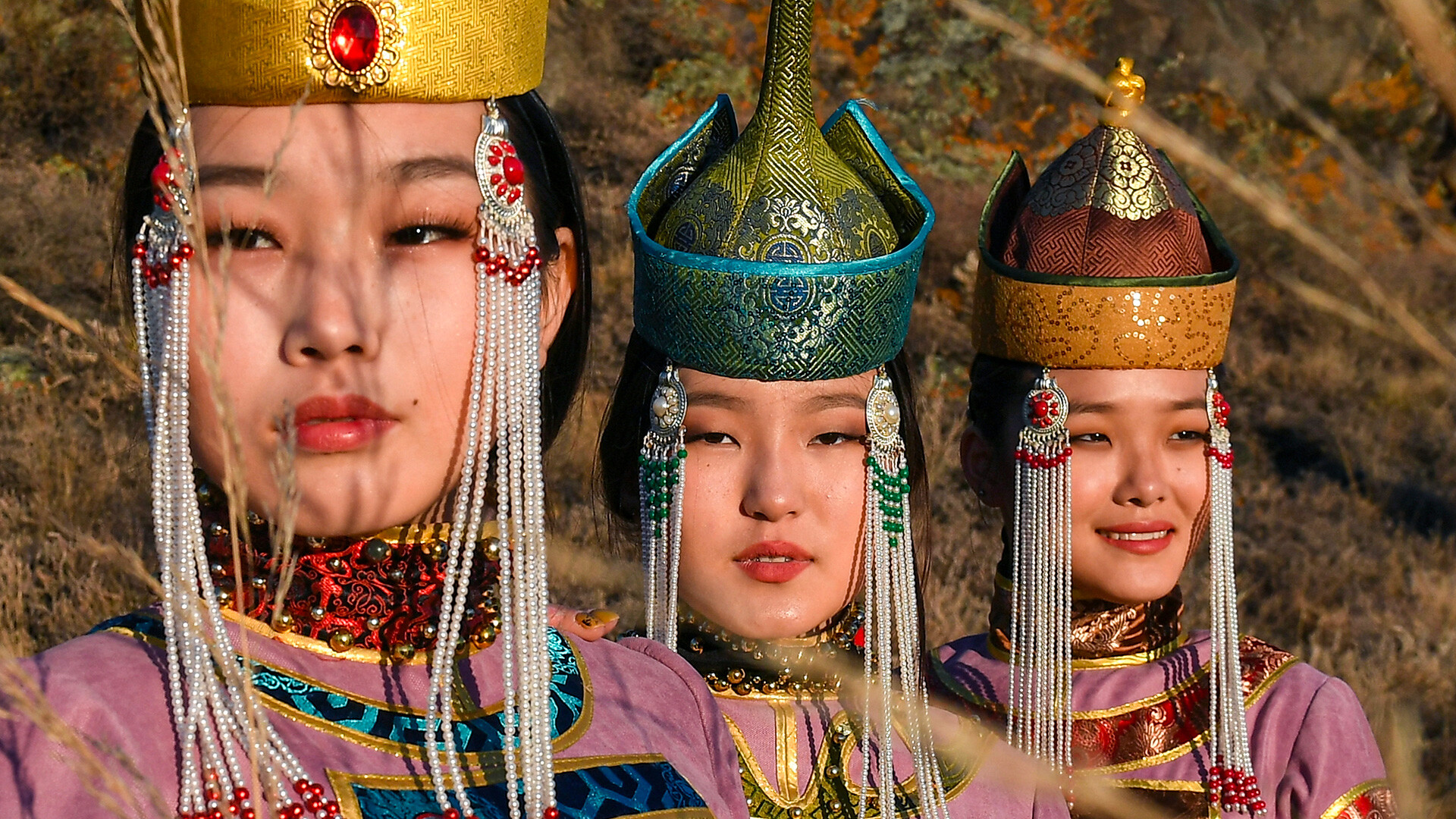
Traditional Tuva dresses.
Ilya Naimushin/SputnikSiberia is a giant region in Eurasia. It begins at the Ural Mountains and ends approximately in Yakutia and Chukotka, where the drainage divide of the Arctic and the Pacific oceans lies. Scientists still debate the geographical borders of Siberia; sometimes, they include a part of the Ural Mountains and a part of the Russian Far East in it, sometimes they exclude it. Nevertheless, Siberia holds, according to different calculations, from one half to two thirds of the territory of Russia. Despite the fact the Russians are the ethnic majority there, several dozens of different smaller ethnic groups also live there.

At the opening of the new theater in Yakutsk.
Andrei Sorokin/SputnikYakutia is geographically the largest region of Russia; it contains three time zones. Although, administratively, it belongs to the Far Eastern Federal District, geographically, Yakutia lies in Siberia.
The indigenous population of this republic are the Yakuts or the Sakha people, the most numerous of the Siberian ethnic groups. According to 2021 data, their population is 478,000 people (466,000 of which live in Yakutia and constitute approximately half of the republic’s population). They have their own language, their own epic poetry, their own traditions and even their own (quite developed) cinema. Their main holiday is the Summer “New Year” Yhyakh (we wrote about the Yakuts in depth here).
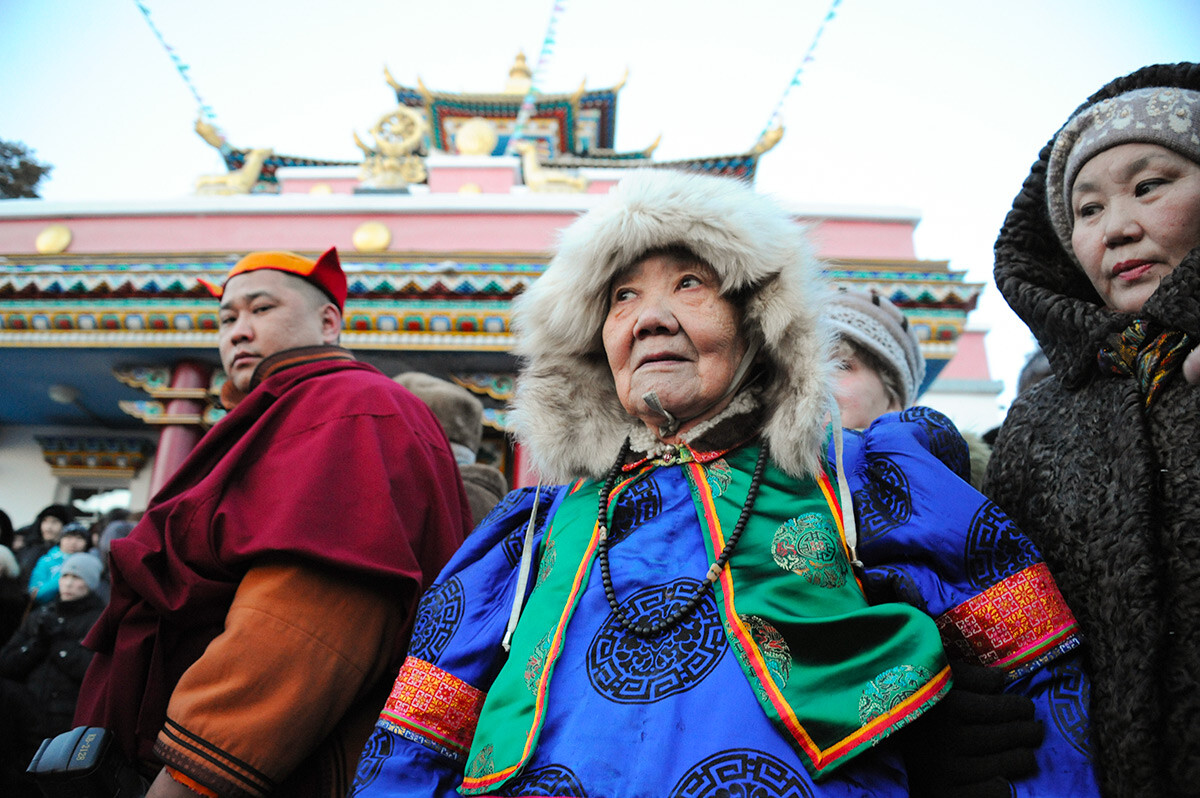
A woman in traditional Buryat costume at the Chita Datsan during celebrations marking the beginning of Sagaalgan, or the Buddhist Lunar New Year.
Yevgeny Yepanchintsev/TASSThe Buryats live near Lake Baikal in Eastern Siberia. Their language belongs to a Mongol language group and they practice Buddhism, for the most part. The Buryat cuisine is very popular in Siberia, especially Buuz dumplings and their traditional tea with salt and butter.
In total, 461,000 Buryats live in Russia and more than a half of them live in the Republic of Buryatia. Also, 73,000-77,000 people live in each of the neighboring Irkutsk Region and the Zabaikalsky Territory.
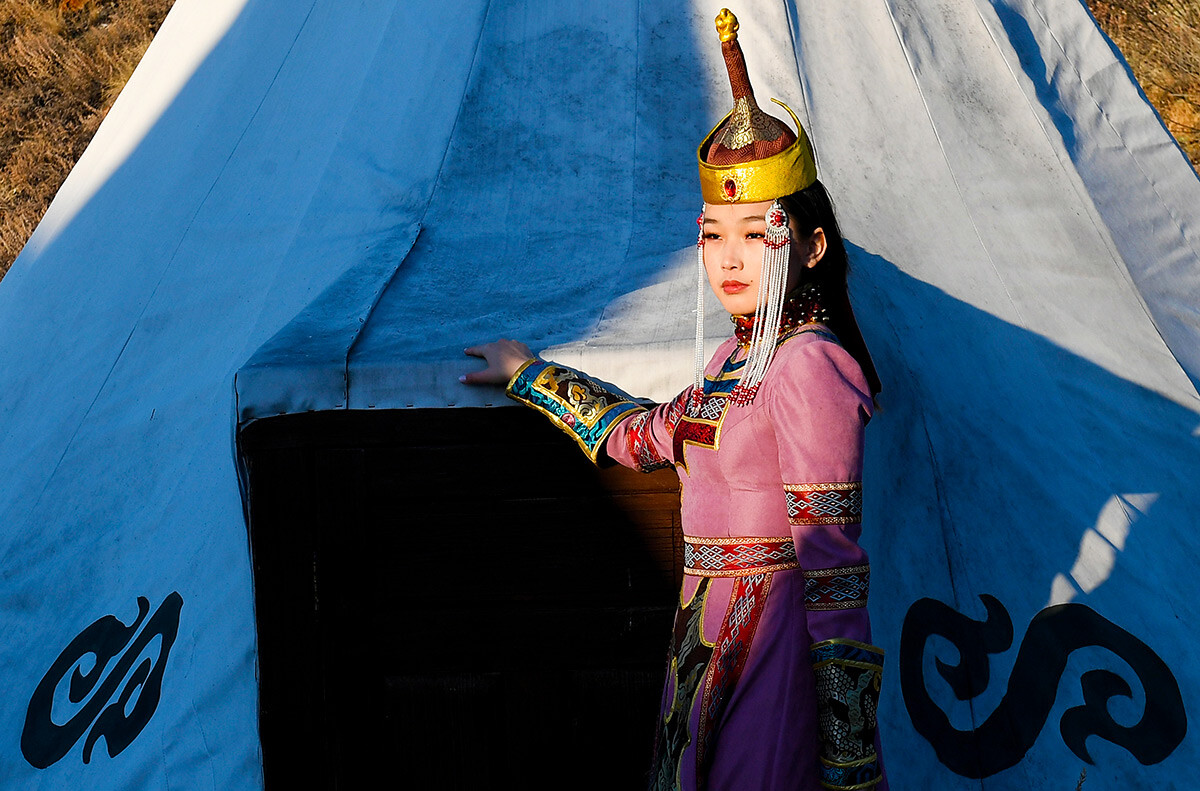
A woman in a traditional Tuvan costume.
Ilya Naimushin/SputnikOut of 300,000 Tuvans, 250,000 live in their Tuva Republic in the southern part of East Siberia. The Tuvan language, which belongs to the Turkic languages, here has the status of the state language. Tuvans are famous masters of throat singing, which is still popular even among young generations (read more here).
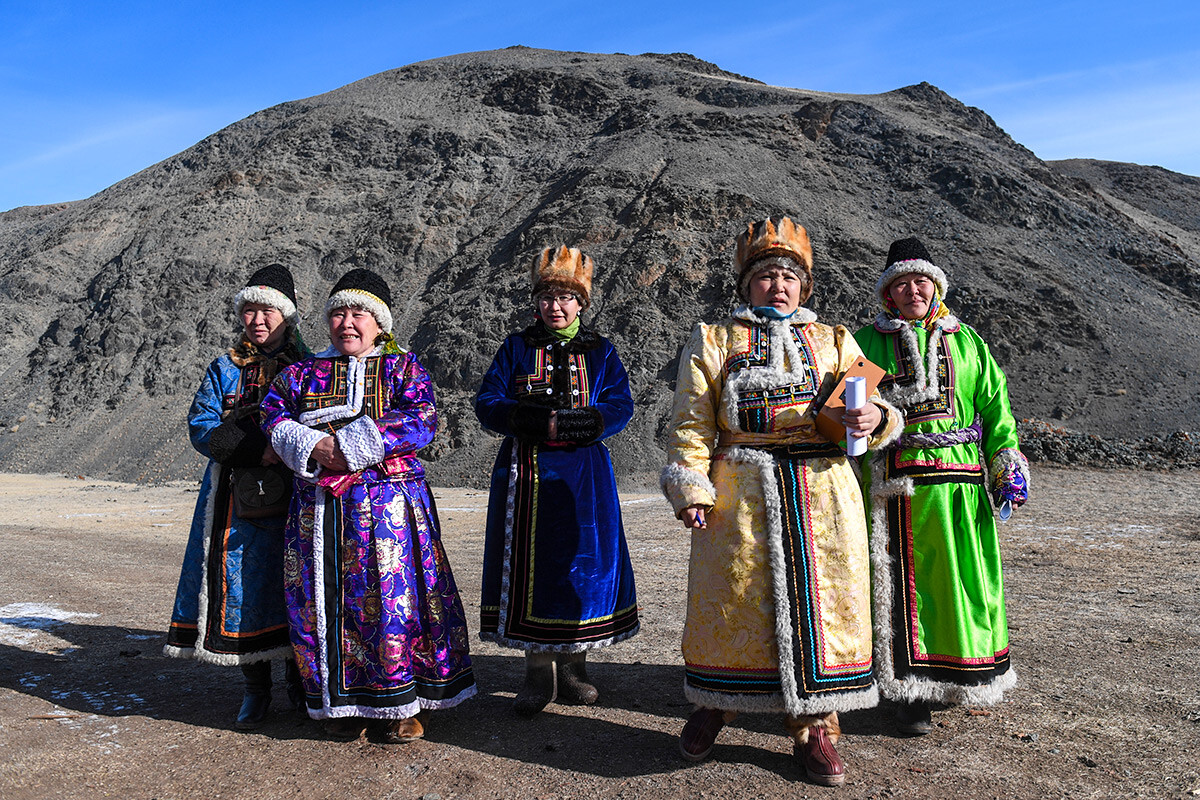
Local residents attend a celebration of Chaga Bairam, a New Year festival according to the Lunar calendar, in Saylyugemsky National Park, Kosh-Agach District.
Kirill Kukhmar/TASSThe indigenous people of the Altai Mountains today predominantly live in the Altai Republic and the Altai Territory. Overall, there are approximately 80,000 of them in Russia. The Altaians have several sub-ethnic groups – the Telengits, the Teleuts, the Chelkans and others. Some scientists even believe they are actually separate peoples (we discussed them in more detail here).
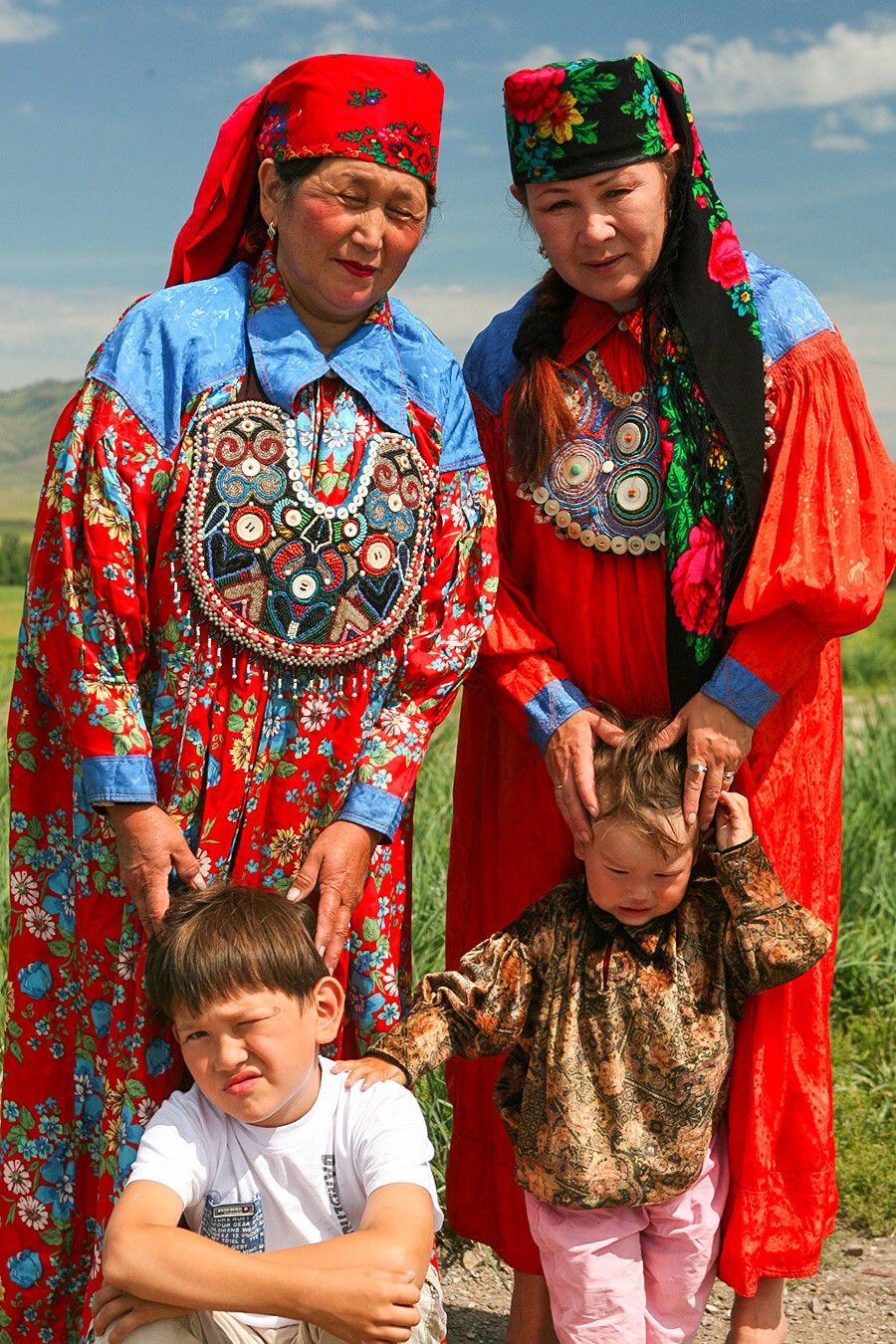
Local women with children.
Public domainThe Khakas are the native Turkic people of the republic of Khakassia in the south of Siberia (west of Baikal); there’s about 63,000 of them and they also have several sub-ethnic groups and language dialects. In their culture, they’re the closest to Altaians.
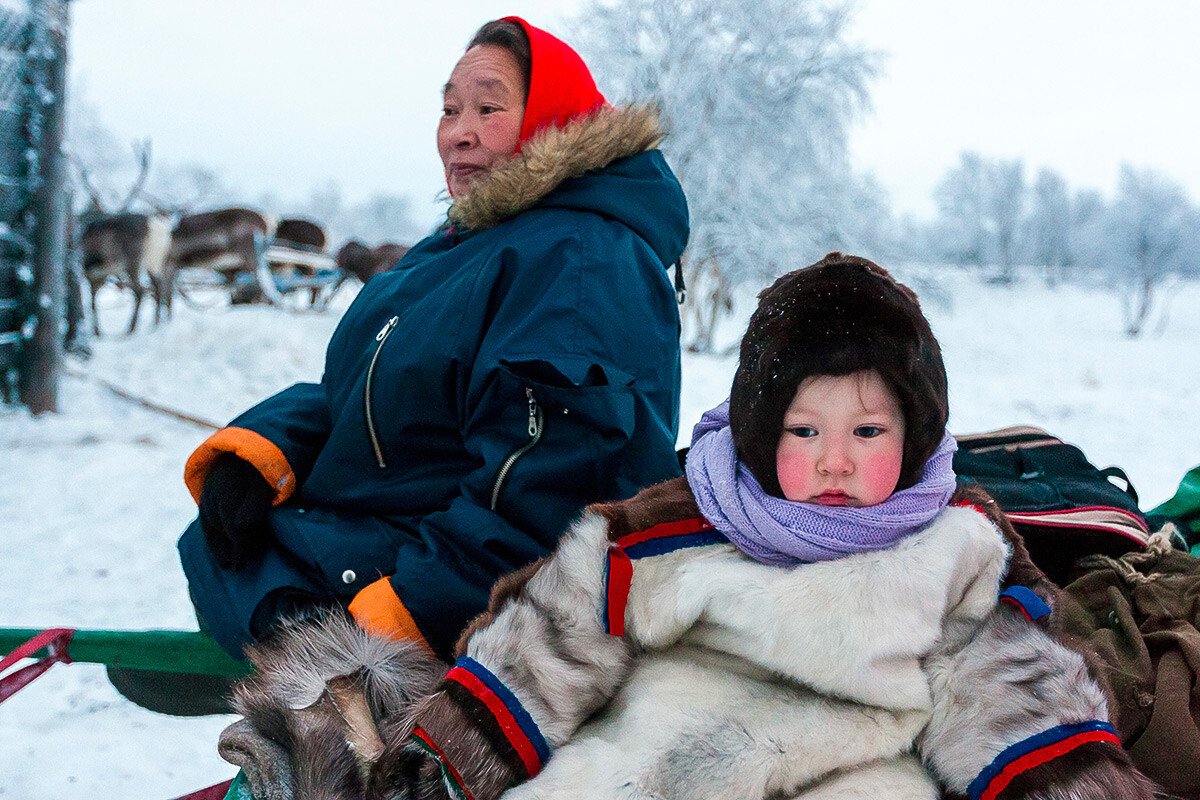
A child at the Kharp reindeer farm in the village of Krasnoye, Nenets Autonomies Area.
Anton Taibarei/TASSThe main nomads of Siberia and the Russian Arctic, the Nenets people (also called Samoyeds and Samodians) inhabit the territory from the Kola Peninsula to Taymyr. Overall, there’s about 50,000 of them and the majority work in the tundra, engaging in reindeer breeding (read more about the peoples of the Russian Arctic).
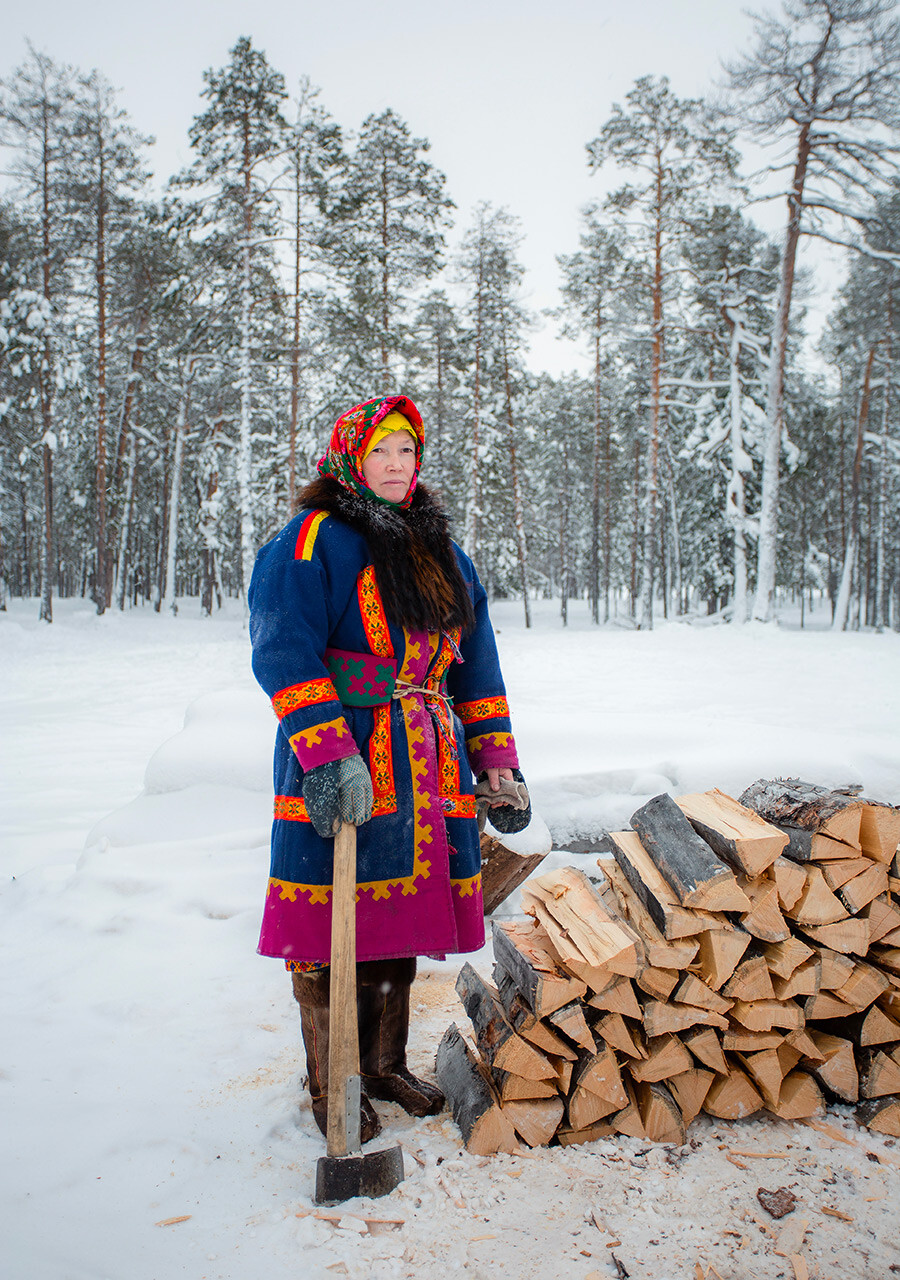
A local woman at work.
URA.RU/TASSThis is a Finno-Ugric people of West Siberia that, for the most part, can be found in the Khanty-Mansi Autonomous Area (part of Tyumen Region). Overall, there’s slightly more than 30,000 of them, yet they have three language dialects nonetheless. The word ‘khanty’ means simply “human”.
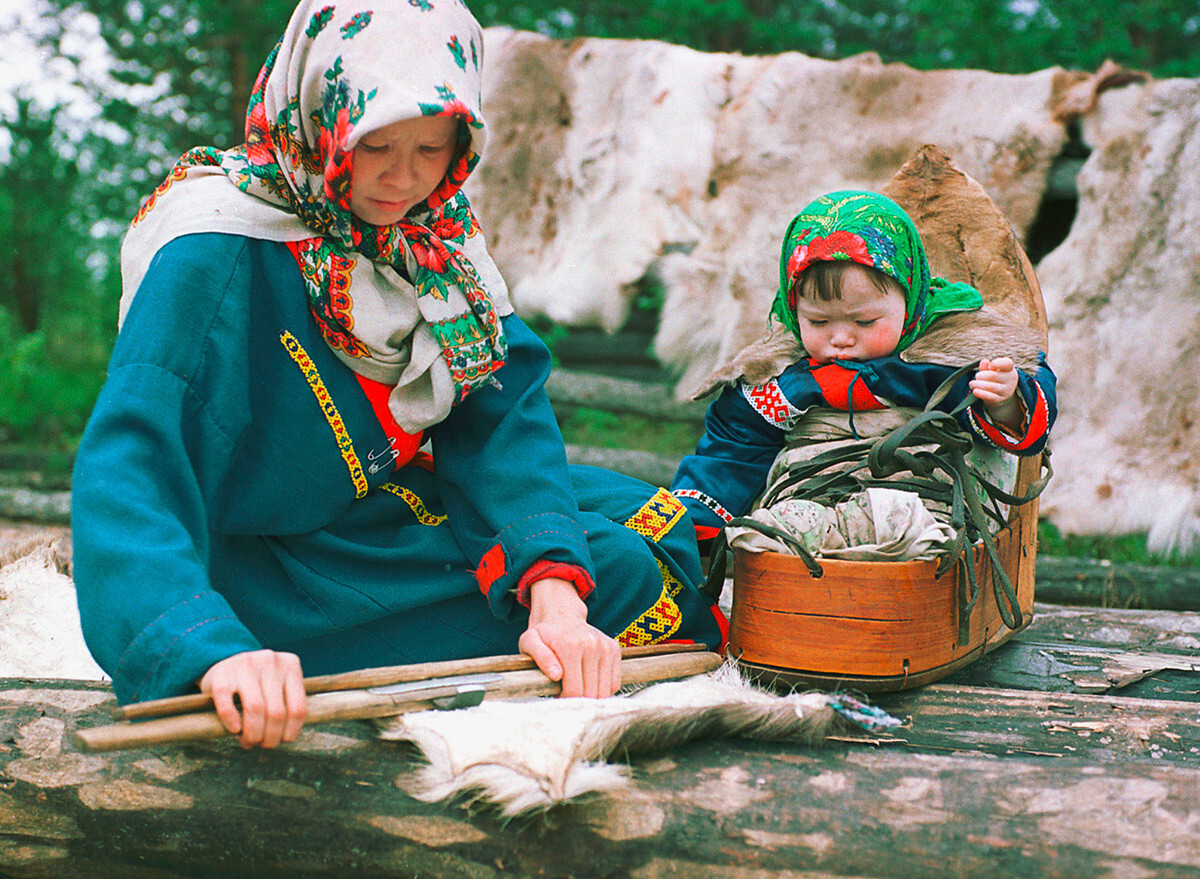
Preparing buckskins for clothes making.
Аlexei Shchukin/TASSThe Mansi are the closest people to the Khanty from a linguistic standpoint; they’re also neighbors. And, still, they have their own language, although it also is part of the Finno-Ugric group. Overall, more than 12,000 people identify themselves as Mansi in Russia.
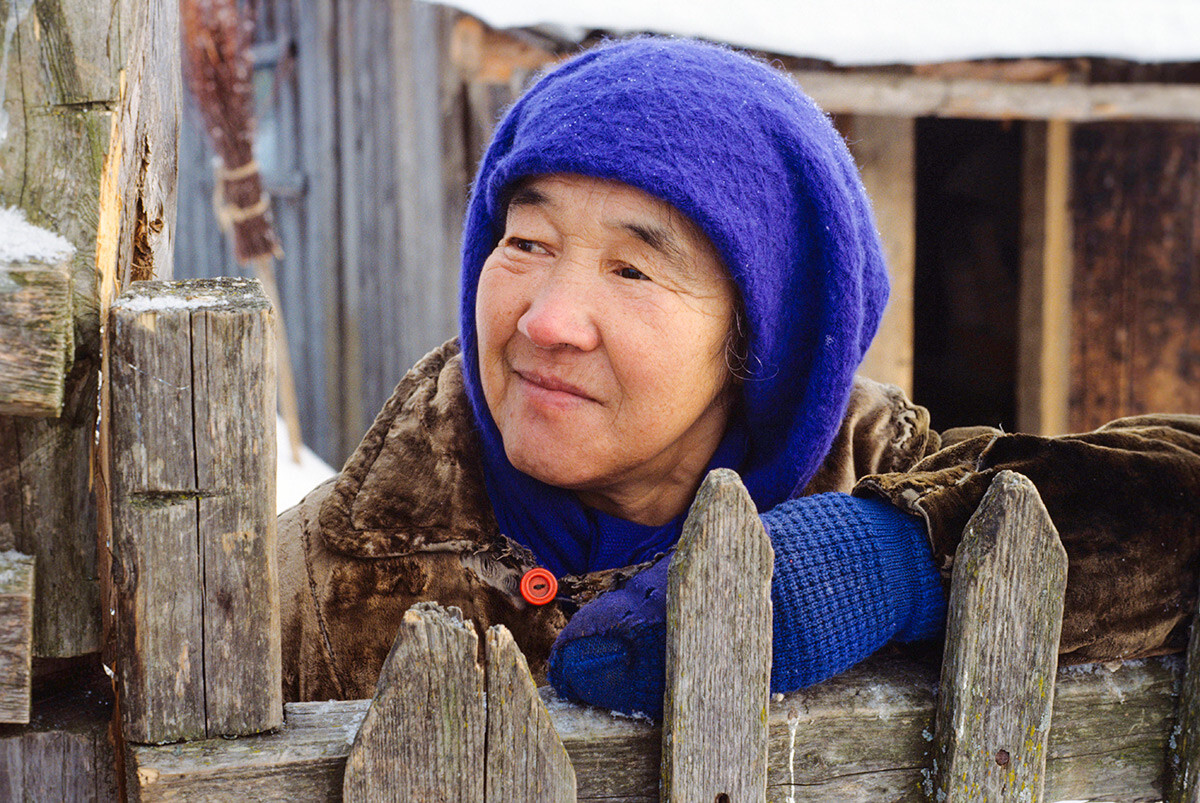
A woman from the Mountain Shoria.
Dmitry Korobeinikov/SputnikAlso, about 12,000 people in the south of Kemerovo Region (West Siberia) call themselves the Shors. This is a distinctive Turkic-language people with rich traditions of epic poetry and throat singing. A number of the Shors live in the mountains (in the district of Mountain Shoria on the border of Kemerovo and Altai), while another part – in the forest steppes.
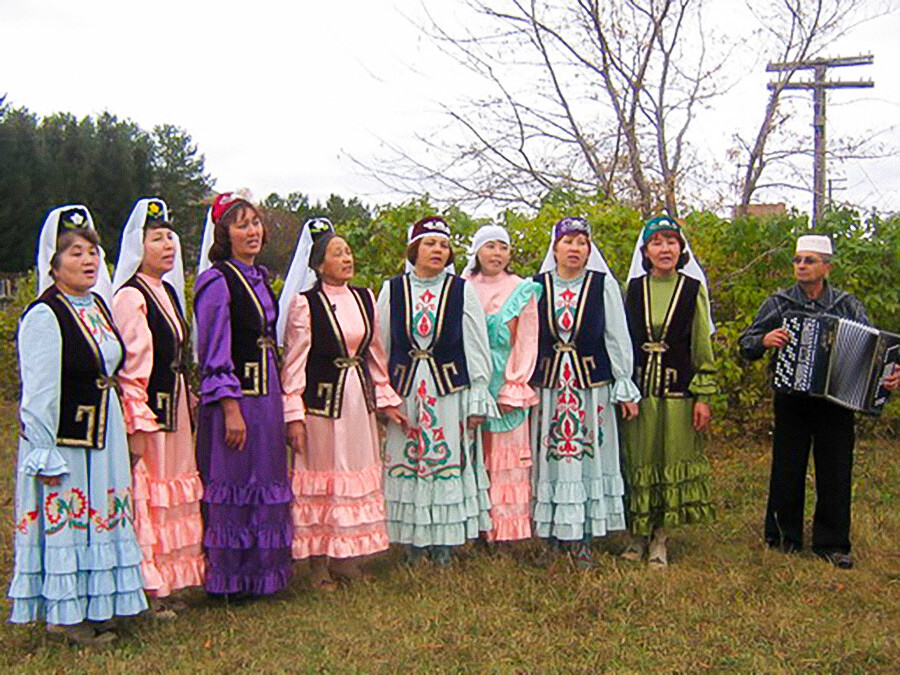
Siberian Tatars during a festival.
Jaimerimummi (CC BY-SA)The population of the Siberian Tatars is estimated by scientists very differently – from 10,000 people to half a million. Why such a wide spread? The thing is, some researchers consider the Siberian Tatars a sub-ethnic group of Tatars who just live in Siberia (mainly in the Novosibirsk, Tomsk and Kemerovo regions). Other researchers say that the Siberian Tatars are a separate people; previously, Russians called any Turkic language peoples, tatars. Within the Siberian Tatars, there are their own sub-groups with different dialects and traditions. There’s also a small group of Siberian Tatars-Kryashens who practice Orthodox Christianity and not Islam.
And there’s even real German districts in Siberia. Pay them a visit here.
Dear readers,
Our website and social media accounts are under threat of being restricted or banned, due to the current circumstances. So, to keep up with our latest content, simply do the following:
If using any of Russia Beyond's content, partly or in full, always provide an active hyperlink to the original material.
Subscribe
to our newsletter!
Get the week's best stories straight to your inbox